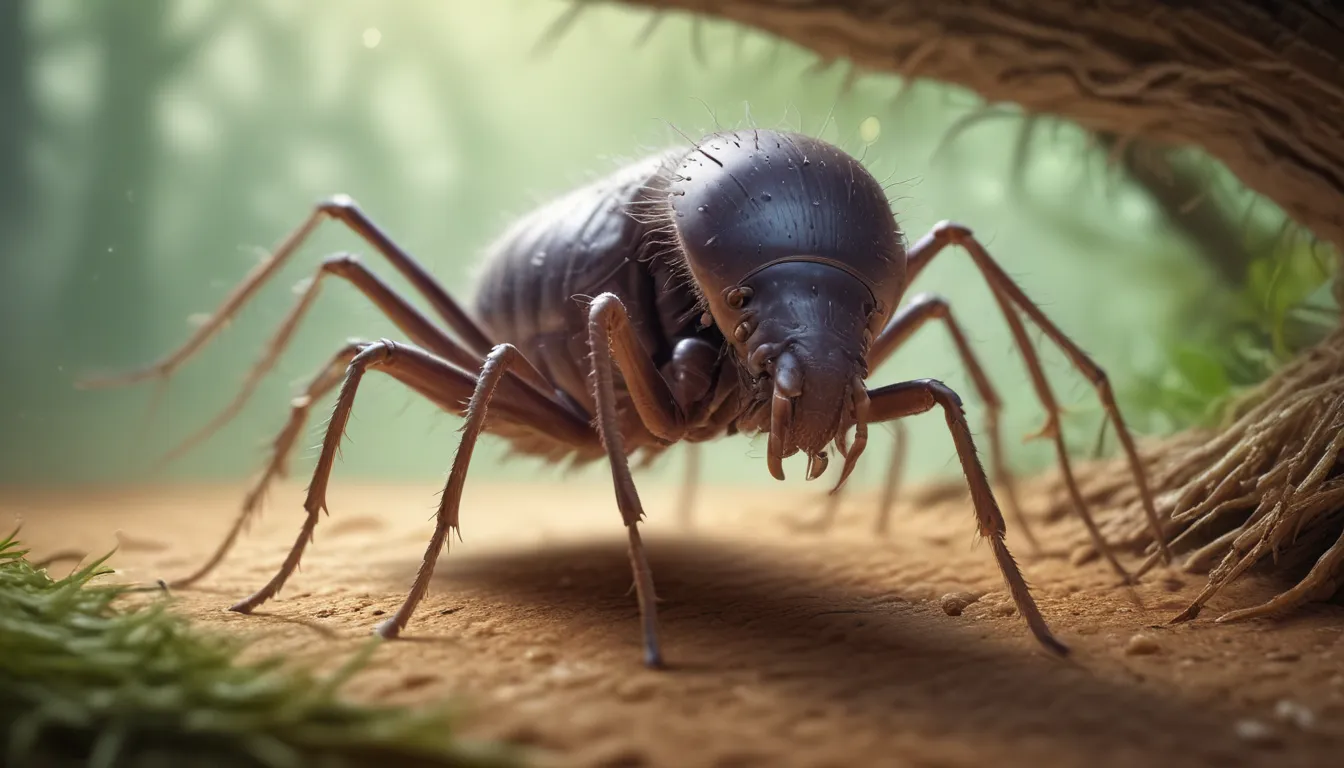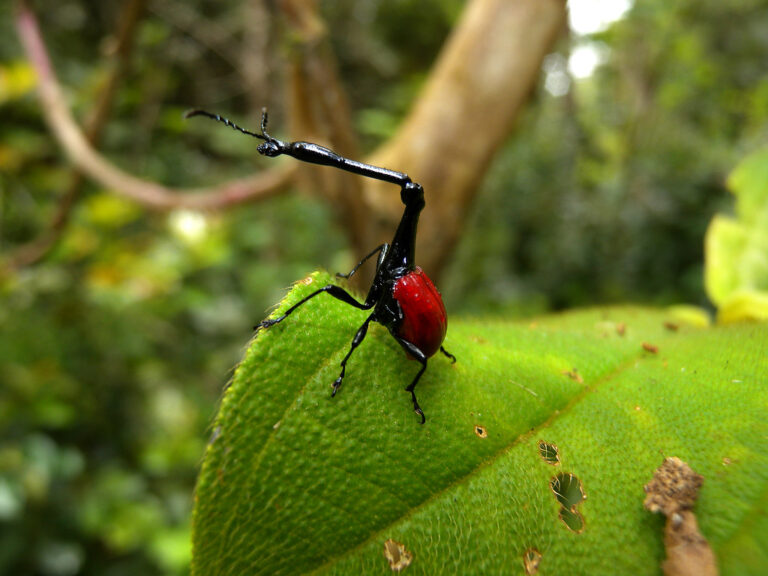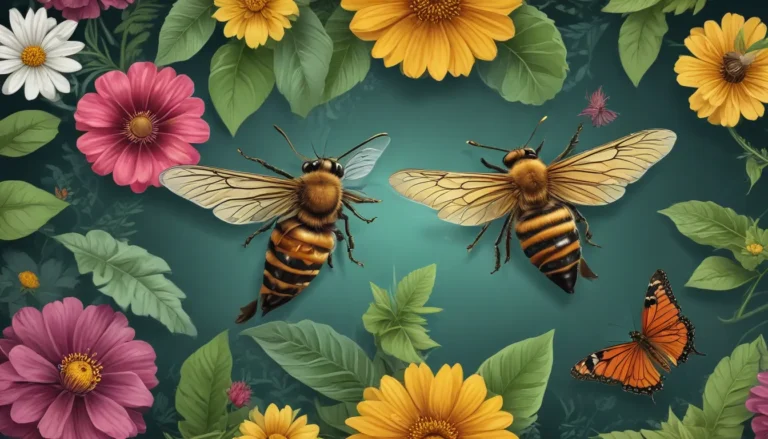The pictures we use in our articles might not show exactly what the words say. We choose these pictures to make you interested in reading more. The pictures work together with the words but don’t take their place. The words still tell you the important facts.
Lice, those pesky parasites that love to infest our hair and scalp, have been causing annoyance and discomfort for centuries. But there's more to these tiny intruders than meets the eye. In this article, we'll take a closer look at the world of lice and uncover 10 fascinating facts that you may not know about them. From their life cycle and feeding habits to the different types and treatment options available, join us as we unravel the mysteries behind these unwelcome guests. So, grab your magnifying glass and get ready to be amazed by these incredible facts about lice!
Key Takeaways:
- Lice are tiny bugs that can cause intense itching. They are fast crawlers but can't jump or fly.
- Proper treatments can eliminate lice, and prevention measures can help keep them at bay.
Understanding Lice: Tiny Parasites Infesting Hair and Scalp
Lice are small, wingless insects that feed on human blood and infest the hair and scalp. They are highly contagious and commonly spread through direct head-to-head contact.
Exploring the Different Types of Lice
There are three main types of lice that affect humans: head lice, body lice, and pubic lice. Each type targets specific areas of the body but share similar characteristics and require proper treatment for elimination.
Common Occurrence Among Children and School-Aged Individuals
Lice infestations are more prevalent in schools and among children due to their close proximity and frequent contact. However, lice can affect anyone regardless of age or hygiene practices.
Recognizing Symptoms of Lice Infestations
Persistent itching is a common symptom of a lice infestation, resulting from an allergic reaction to lice bites. The itching is usually more intense around the scalp, neck, and ears.
Nits: Tiny Eggs Attached to Hair Shafts
Female lice lay eggs called nits, which are small, oval-shaped, and firmly attached to the hair shafts near the scalp. Nits are often mistaken for dandruff but are not easily removed by shaking or brushing the hair.
Survival Abilities of Lice
While lice primarily live on the human scalp, they can survive off the scalp for up to 48 hours. Lice found on combs, hair accessories, or clothing can still be alive and contagious during this time.
Dispelling Myths About Lice and Hygiene
Contrary to popular belief, lice infestations are not an indication of poor hygiene. Anyone can get lice regardless of their cleanliness or living conditions.
Understanding Lice Behavior: Crawling Experts
Lice do not possess wings and cannot jump or fly. However, they are adept crawlers and can move swiftly through the strands of hair.
Treatment Options for Lice Infestations
Various over-the-counter and prescription treatments, such as medicated shampoos and lotions, are available to eliminate lice infestations. In severe cases, prescription-strength treatments may be necessary.
Importance of Prevention and Early Detection
Regularly checking for lice, especially in high-risk environments, and educating individuals on prevention measures are crucial in managing lice infestations and preventing their spread.
Conclusion: Managing Lice Infestations
In conclusion, lice are intriguing creatures with a unique lifestyle and impact on their hosts. By understanding these ten facts about lice, we can develop effective strategies for prevention and treatment. Lice, despite being a nuisance, can be managed through proper hygiene, diligent monitoring, and appropriate treatments. Raising awareness and implementing preventative measures can help minimize the spread of lice infestations and ensure the well-being of both humans and animals.
FAQs About Lice:
- How do lice spread from one person to another? Lice can spread through direct contact, sharing personal items, or infested furniture and bedding.
- Can lice infest animals? Yes, lice can infest a variety of animals, including dogs, cats, birds, and livestock.
- Are lice dangerous? While not generally dangerous, lice can cause itching and discomfort. Severe infestations may lead to secondary infections.
- What are the treatment options for lice infestations? Over-the-counter and prescription medications are available to kill lice and their eggs.
- Are there natural remedies for lice? Some natural remedies like essential oils and vinegar may help, but medically proven treatments are more reliable.
- Can lice infestations be prevented? Regular hygiene practices and avoiding close contact can help prevent lice infestations.
- Can lice survive off the host? Lice can briefly survive off the host but rely on the host's blood for survival and reproduction.
- Are lice a sign of poor hygiene? Lice infestations are not indicative of poor hygiene.
- Do lice carry diseases? Lice do not carry or transmit diseases, but excessive scratching can lead to infections.
Trust in Our Commitment to Quality
Our dedication to delivering trustworthy and engaging content ensures that each fact shared here is contributed by real users like you. With meticulous review by our editors, we guarantee that the facts we provide are not only fascinating but also credible. Explore and learn with us, knowing that our commitment to quality and authenticity is at the core of everything we do.






